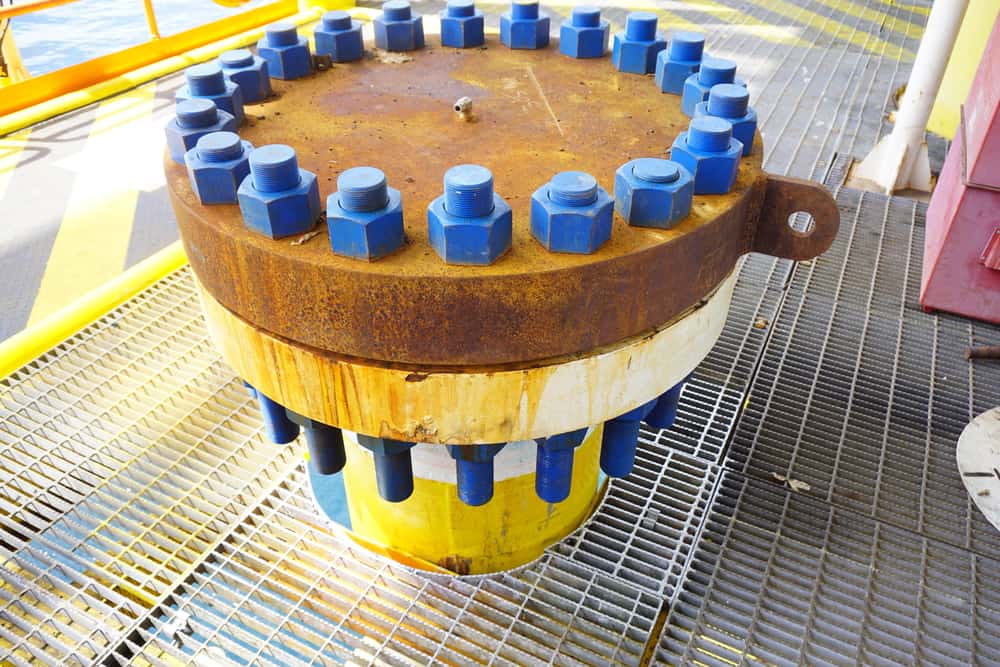Why NDT is Vital for any Fastener Inspection Procedure

Major and minor infrastructures, tools, machinery, and equipment in almost every industry make use of fasteners for the purpose of holding components together and increasing their ultimate strength. While vital, fasteners are often overlooked during non-destructive testing (NDT) of these components. Without a proper fastener inspection procedure in place, failure may go unnoticed and can have severe consequences resulting in risk to operations, facilities, and in some cases, human lives. To mitigate these risks, a thorough NDT inspection could help identify any damages to the fasteners.
Many industries use ultrasonic testing (UT) and eddy current testing (ECT) as the primary methods of inspecting fasteners. The intuitive and competent flaw detection capabilities of these methods allow the strength of fasteners and the structural integrity of components to be thoroughly tested.
The Necessity of Inspecting Fasteners
Fasteners used in industries include nuts, bolts, and other similar types of hardware that can mechanically join the parts together. In manufacturing or infrastructural operations, these fasteners can also be exposed to different types of loads. When exposed to extreme loads, fasteners can be the subject of fatigue failures. There are also various other reasons inducing the potential flaws and failure of the bolts and fasteners, such as:
- Vibration or shock load, especially in vehicles
- Overload and fatigue
- Improper fastener and component material selection
- Thermal expansion or contraction
- Improper torque
- Environmental conditions
Metallurgical, load, and environmental issues can give rise to a number of flaws in the fasteners. This may include cracking, corrosion, pits, inclusions, or other discontinuities. Realizing the extent of these flaws in the early stage is important to prevent potential damage to the structure or equipment.
With NDT, technicians can establish an ideal fastener inspection procedure to determine the location, size, and overall extent of the flaw before the structure suffers mechanical failure.
Ensuring Fastener Standards with UT and ECT
Flaws within fasteners can be difficult to visually detect or hidden in the case of in-service fasteners. Thus, for thorough and accurate inspection of fasteners pre- and post-installation, industries use eddy current and ultrasonic testing as their primary NDT method.
Fasteners used in infrastructural projects such as building construction, oil and gas pipeline, or structures such as bridges or tunnels, are exposed to a harsh condition that facilitates flaws. With extensive flaw detection ability, phased array ultrasound testing (PAUT) inspection can help to identify the extent of indications. The high-frequency ultrasonic wave from the UT transducer enables the identification of cracks and discontinuities in difficult-to-inspect areas. Through pre- and post-installation PAUT inspection, it is possible to characterize and size indications through inspection data.
Similarly, with eddy current inspection, it is much easier to identify surface or near-surface cracks and anomalies in a fastener. The electromagnetic field from ECT probes facilitates the easy identification of cracks within complex fastener geometries.
With advanced NDT instruments with UT and ECT capabilities, technicians can fulfill the goal of:
- Identifying flaws in installed fasteners without removing them from the system
- Performing high-resolution 2D/3D scans to detect the extent of cracks and corrosion
- Locating flaws in a fastener
- Identifying flaws in difficult-to-reach areas and within complex geometries
- Detecting major and minor flaws with accuracy
Leveraging NDT for Your Fastener Inspection Procedure
Different industries and applications require different types of fasteners, thus, various UT and ECT probes are available to fulfill the inspection needs. With the right scanners and probes, industries can develop a detailed fastener inspection procedure and be confident in the accuracy of inspection results. With the ability to identify even the tiniest flaws, industries can focus on potential damage prevention, establish routine preventive maintenance, reduce maintenance costs, and ensure operational productivity.
Zetec is a leader in providing eddy current and ultrasonic testing solutions for fastener inspection in a wide range of industries. Contact Zetec today to learn more about our equipment and solutions that suit your inspection needs.

Zetec’s designers are industry-leading experts in ultrasonic and eddy current technologies, and we can help you navigate any of our NDT testing solutions or devices.
